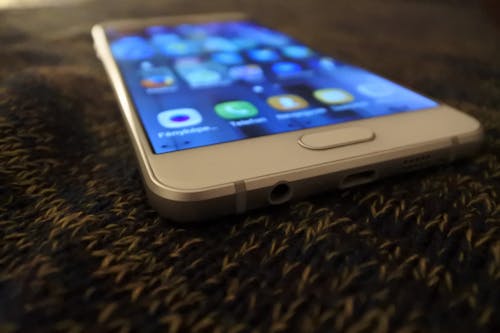
5G TECHNOLOGY
Monday, December 16, 2019

5G is the fifth generation (thus, the "G") of mobile wireless systems, a way for devices, both mobile and stationary, to send and receive data without being plugged into a wall in your home or at the office. Typically, a new generation is named (sometimes retroactively) when it denotes a significant leap in wireless mobile technologies. 5G might enable driverless cars, delivery drones, and may even replace the WiFi in your home and office.

Before you drop everything and run off to buy a new 5G-capable smartphone, understand that 5G doesn't yet officially exist. Most Americans probably won't have access to a 5G network until around 2019 or so. But because mobile devices are big business, giant companies like Verizon, AT&T, Samsung, and Nokia, among many others, are already investing huge money in this latest wireless system.
They hope to create a network that is – in theory, anyway – able to provide download speeds of about 10,000 Mbps (megabits per second). That's roughly three times faster than current 4G networks, meaning fewer delays and even more complex and powerful smartphone apps, among many other benefits. Remember when it took 15 seconds to down a 5MB MP3 file via 3G connection? With 5G, you may be able to download an entire movie in just moments. Giddy-up!
Whether you're an early adopter or slow to adopt new technologies, there's no arguing that mobile communications are transforming modern life, and it's likely that 5G bring even more changes. Keep reading and you'll find out what 5G is and how it might speed up your already quick-paced personal and professional life.

In the case of sub-6 5G service, the situation is much better, because much of the existing network equipment already supports the frequencies necessary to carry these signals. Again, however, the cell towers have to be upgraded to support 5G, but not all 5G phones support all types of sub-6 service. In particular, while many 5G phones support the “mid-band” 2.5GHz frequencies, some don’t support the low-band (600 MHz) frequencies that T-Mobile announced it plans to roll out to debut its 5G service in December.
The bottom line is that we’re still in the early days for 5G devices, networks, and service plans, and there are still a number of challenges in making it all work. However, it’s clear that there’s a great deal of evolution and enhancements being made to the 5G standards and 5G networks. Practically speaking, that means some of the best capabilities of 5G are going to require new devices and upgraded networks that support some of the capabilities coming in Releases 16 and 17.

Even existing devices, though, should see noticeable improvements in coverage and performance over the course of the next year. As with most technologies, you can always make the argument to wait for something better, but at some point, you just need to jump in.
